TaylorMade Stealth 2 Plus Driver vs Mizuno ST-G Driver: Read Our Head-To-Head Verdict
Which of these two low spinning driver options is best for you? Take a look at our head-to-head review


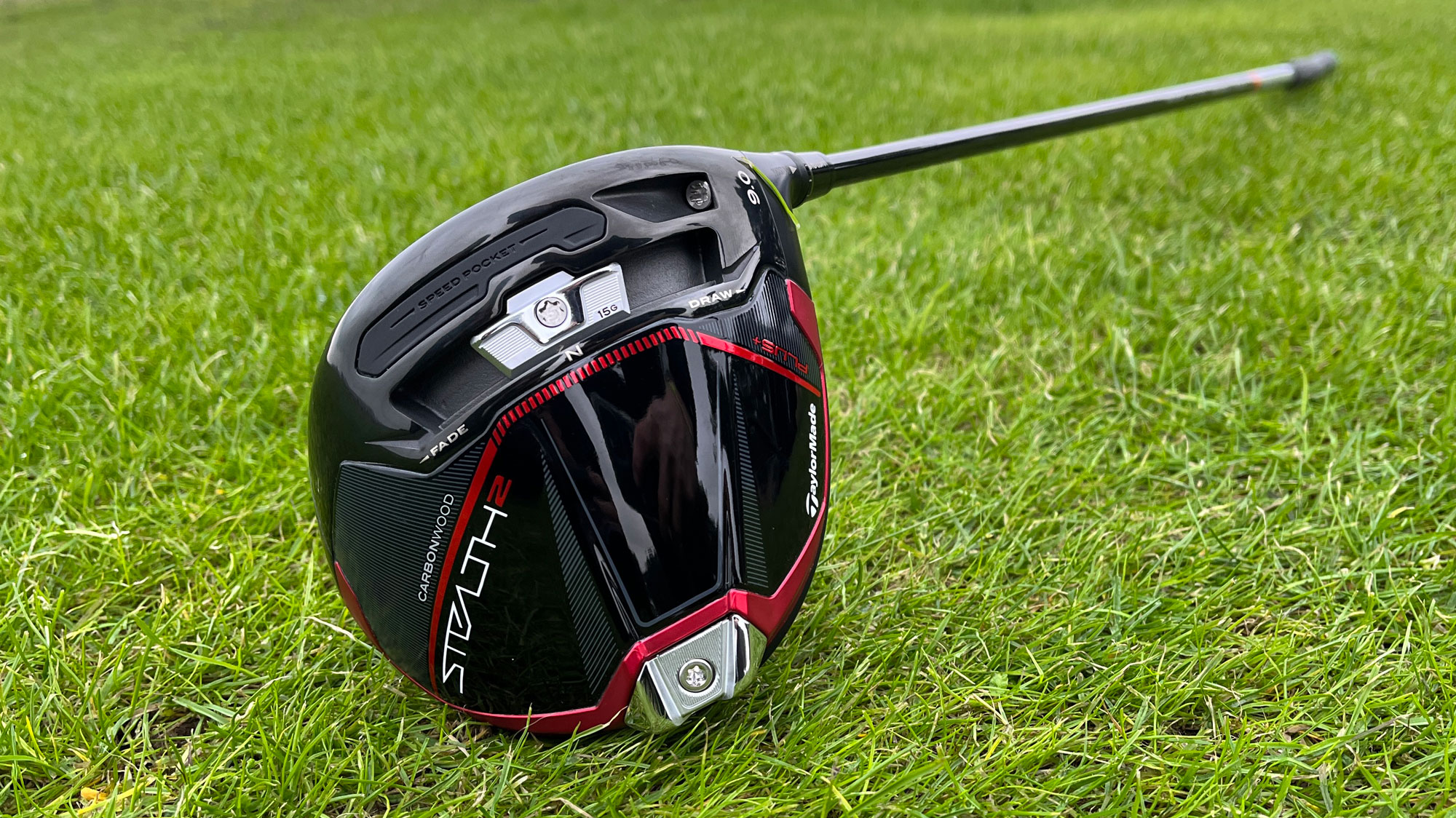
The 2023 Stealth has been subtly improved from the 2022 model, making this an impressive all-rounder, one that will appeal to a wide range of golfers.
Pros
- Premium aesthetics and powerful feel
- Impressive forgiveness
- Consistently good distance
Cons
- Not as exciting as the previous generation
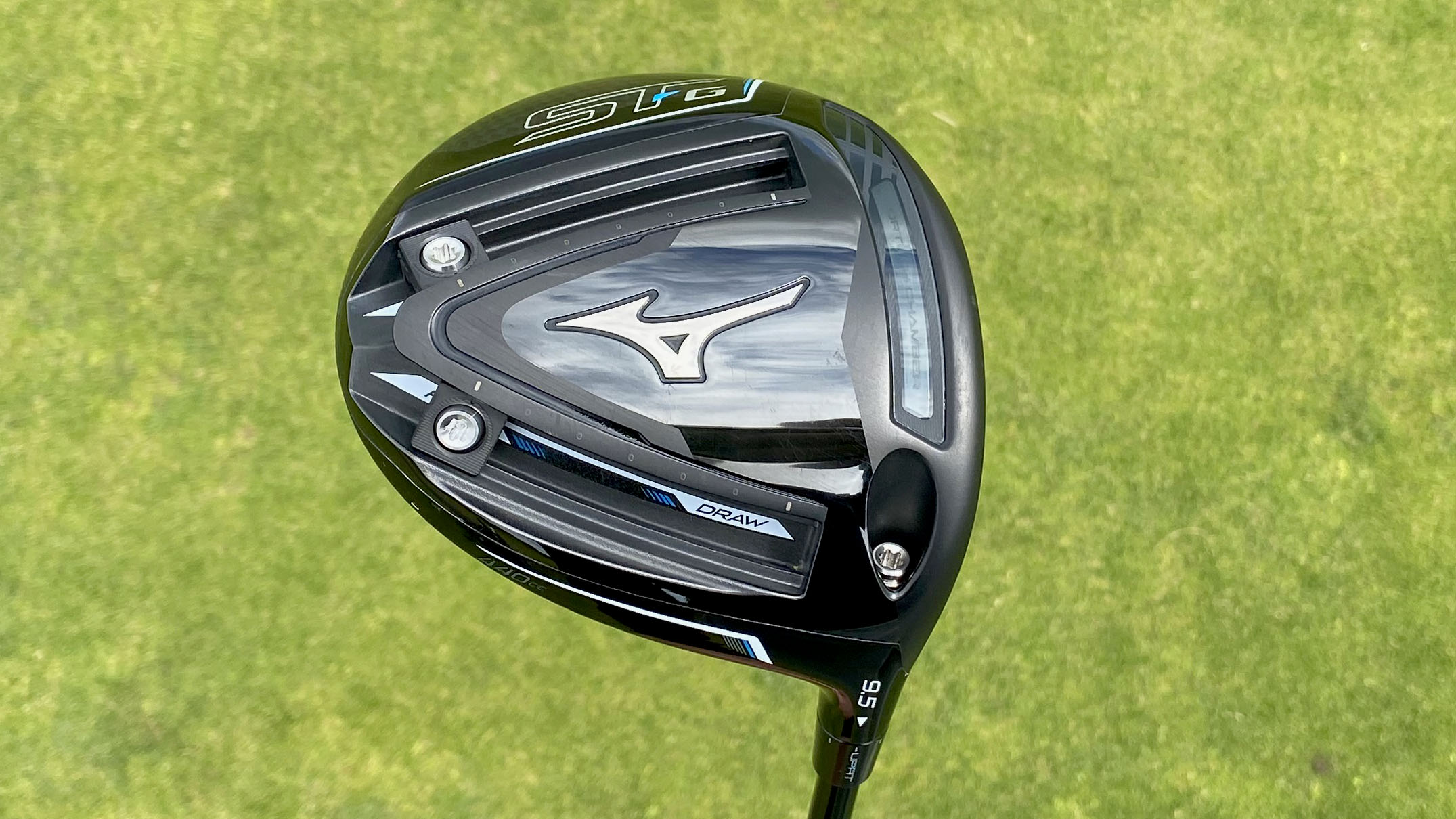
The Mizuno ST-G is an extremely high-perfoming driver aimed at the better player. The aesthetics are outstanding and the exceptional feel at impact make this a standout offering.
Pros
- Outstanding looks
- Great feel off the face
- Huge adjustability of flight
Cons
- Distance drop off on mishits
TaylorMade Stealth 2 Plus Driver vs Mizuno ST-G Driver: Read Our Head-To-Head Verdict
TaylorMade has long been synonymous with producing some of the most popular and innovative driver technology in the game. Mizuno however, has traditionally been more recognised for consistently producing some of the best irons on the market. With the launch of the ST-G, Mizuno have produced a driver that sits in the same low spinning, better player category as the TaylorMade Stealth 2 Plus.
These two could certainly lay claim to being amongst the best drivers on the market, but how do they compare? That’s what I wanted to find out, taking an in-depth look at both. Here’s what I found.

Looks
Beauty is in the eye of the beholder, and these two drivers may divide opinion in terms of their appearance. The TaylorMade Stealth 2 Plus has a somewhat brash feel to its appearance. With its bold, red carbon face and multi material crown, it screams look at me! The technology is very deliberately highlighted and will appeal to those players that enjoy the visual stimulation of a futuristic looking clubhead.
The Mizuno ST-G on the other hand, is much more subtle in its aesthetic. The paint work on the crown is a triumph, blending from a solid black gloss into a sleek carbon effect towards the rear of the head.
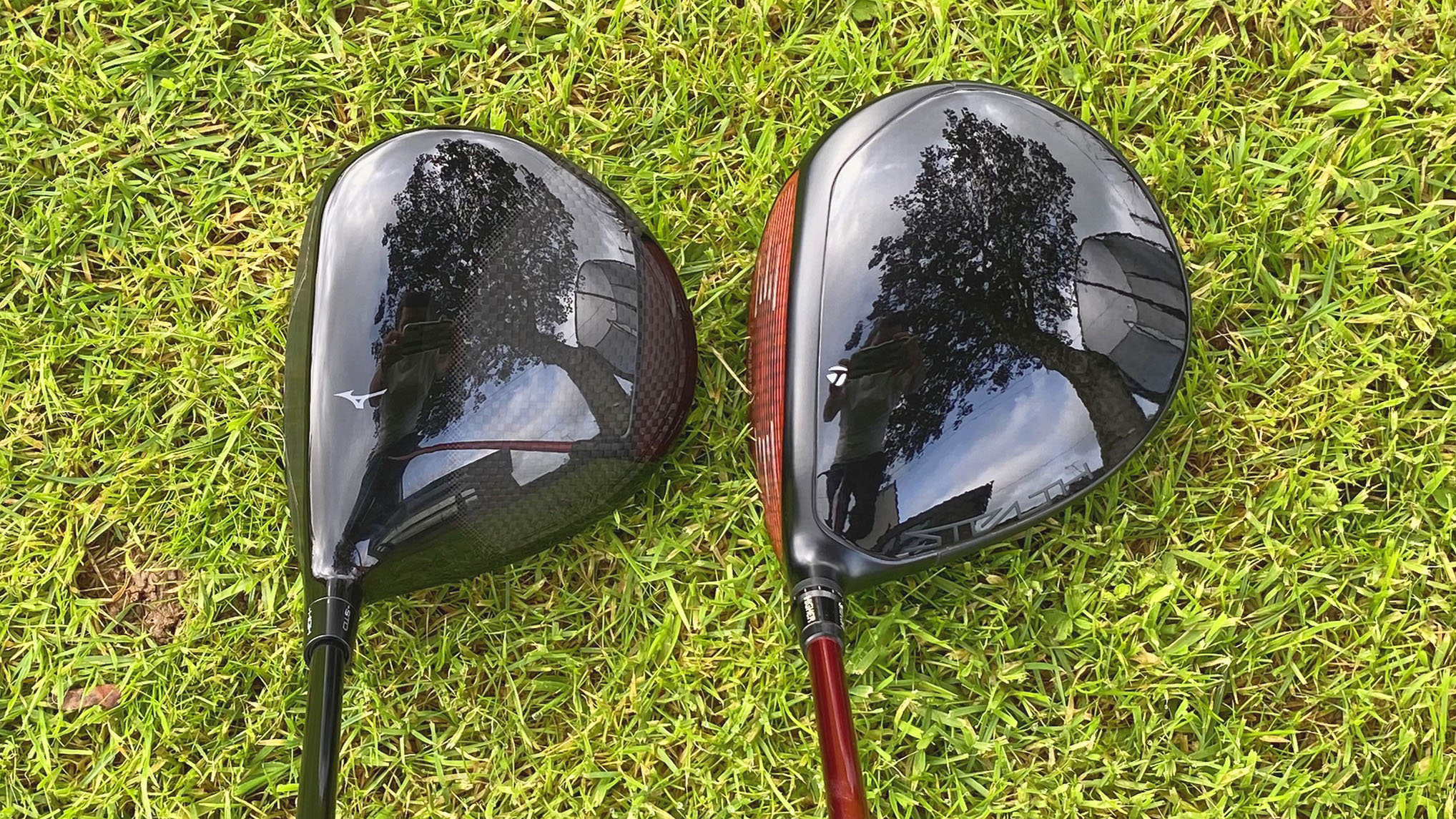
Taylormade Stealth 2 Plus at address
In terms of shaping, the Stealth 2 Plus is notably longer from heel to toe. This coupled with the ST-G seeming a little deeper from front to back gives them a noticeably different look. The TaylorMade driver is slightly more pear shaped, whereas the Mizuno is much more rounded. The ST-G driver has a slightly deeper face than the Stealth 2 Plus which is something I enjoy, and coupled with the more rounded appearance, gives a powerful aesthetic.
As always, this area will be subjective, but the subtler overall appearance and rounder shaping of the ST-G provides a really classy look and this, to my eye at least, gives it the slight edge visually.
Technology
The big tech story with the TaylorMade Stealth 2 Plus is the carbon face. Continuing on from its predecessor the Stealth Plus, TaylorMade has lightened the 60 layer Carbon Twist face by grams which expanded the COR, essentially creating a larger sweetspot. The Stealth 2 Plus also incorporates what TaylorMade refers to as “Inverted Cone Technology” which again is designed to produce more forgiveness on off center strikes.
Subscribe to the Golf Monthly newsletter to stay up to date with all the latest tour news, equipment news, reviews, head-to-heads and buyer’s guides from our team of experienced experts.
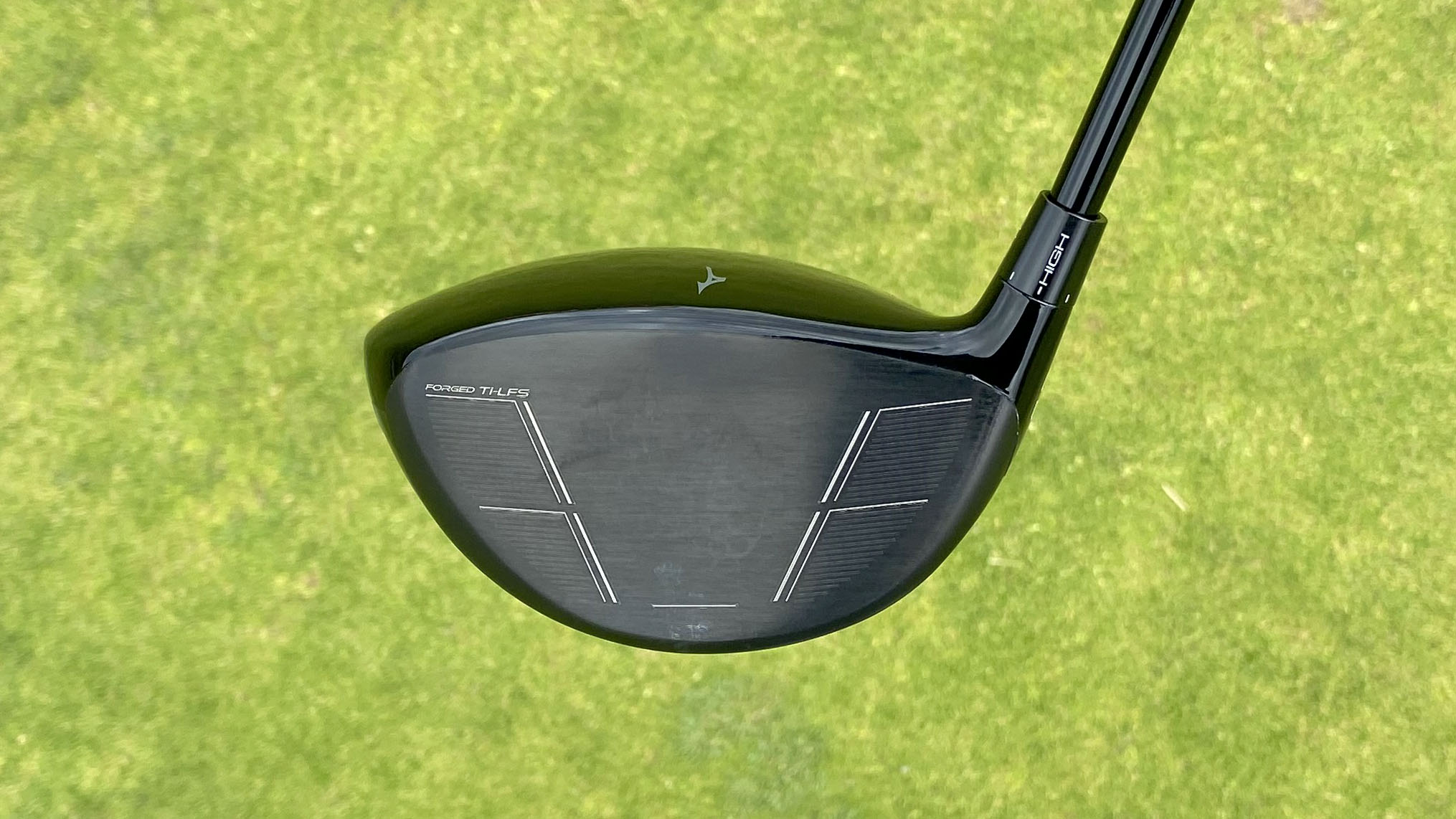
The face of the Mizuno ST-G driver
The ST-G features the same Cortech chamber as the other two drivers in the range, the ST-X 230 and the ST-Z 230, which encases a stainless-steel weight with elastomeric TPU. This Cortech chamber was designed to take stress from the clubface and create an additional source of energy. In addition to this, Mizuno engineers say this pushes weight closer to the face to reduce spin, while also contributing to a more solid, powerful sensation at impact.
Both drivers feature adjustable weights on the sole and adjustable loft sleeves to help you or your fitter dial in launch characteristics more precisely.
Sound/Feel
During testing, this is the category in which I felt both drivers excelled the most. Acoustics and feel play a big role in my enjoyment of drivers in particular, and the work done by both Mizuno and TaylorMade here has really hit the mark. Whilst subtly different, both the Stealth 2 Plus and ST-G have a noticeably more muted sound than many of the other best drivers for distance.

Joe Ferguson testing the Mizuno ST-G driver
Drivers such as the Ping G430 LST and the Srixon ZX7 Mk II produce a slightly harsher sound and feel for example. With sound so closely linked to feel, this contributed to a very deep and almost soft feel from both the Stealth 2 Plus and the ST-G. If I was pushed, I would say that the TaylorMade driver did provide a marginally hotter sensation off the face than the ST-G but I genuinely loved the feel from both.
Performance
These two drivers both performed very strongly during testing and the Mizuno ST-G really held its own against a giant of the driver market in the TaylorMade Stealth 2 Plus. There were some differences to be aware of however. For me, personally there was a perceptible difference in ball flight, with the Stealth 2 Plus launching lower and spinning less than the ST-G when set on the same loft. In terms of data, this was around a degree difference in launch and approximately 250 rpm of spin.
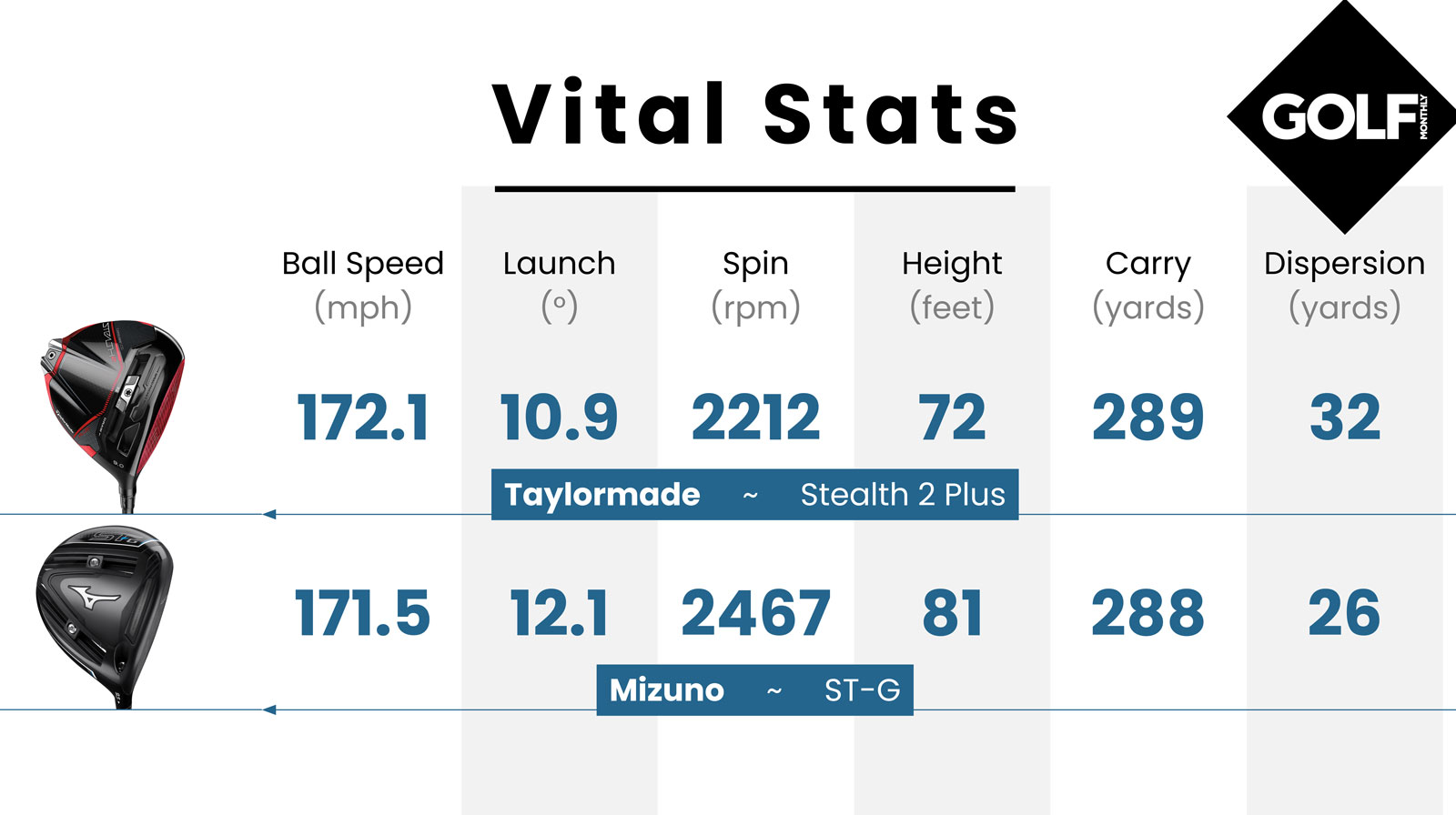
Likely due to this, the Taylormade driver did produce slightly more total distance than the Mizuno ST-G, however the ball speed and carry numbers were very much comparable. It should be noted that these numbers were produced with the ST-G set in what I would regard as its mid spin weight settings on the sole. I did also gather further data with the weights of the ST-G placed forward in more of a low spin set-up, and whilst the launch stayed pretty much the same, spin dropped to basically identical numbers as the Stealth 2 Plus.
I see this versatility as a real tick in the box of the Mizuno product. From my testing, I found I could alter spin as much as 4-500 rpm using the sliding weights on the sole, which could prove very beneficial in certain situations.

Taylormade Stealth 2 Plus
With regards to the forgiveness of these two models, once again they performed well but differently. I found that mishits with the TaylorMade Stealth 2 Plus were a little more prone to more exaggerated misses left and right but barely dropped any ball speed. Conversely, I found my misses with the Mizuno ST-G to be extremely tight in dispersion width wise but did notice more of a drop off in ball speed than with the Stealth 2 Plus.
Which club should you choose?
Choose the TaylorMade Stealth 2 Plus if…
- You enjoy bold, contemporary looks
- You’re looking for a hot, penetrating ball flight
- You want to maintain distance on off center strikes
Choose the Mizuno ST-G if…
- You enjoy a subtle, classy aesthetic
- You are looking for maximum adjustability in your driver
- Left to right dispersion is more of a priority than distance on your mishits

Joe has worked in the golf industry for nearly 20 years in a variety of roles. After a successful amateur career being involved in England squads at every age group, Joe completed his PGA degree qualification in 2014 as one of the top ten graduates in his training year and subsequently went on to become Head PGA Professional at Ryder Cup venue The Celtic Manor Resort. Equipment has always been a huge passion of Joe’s, and during his time at Celtic Manor, he headed up the National Fitting Centres for both Titleist and Taylormade. He’s excited to bring his knowledge of hardware to Golf Monthly in the form of equipment reviews and buying advice.
Joe lives in North Devon and still plays sporadically on the PGA West region circuit. His best round in recent years came earlier in 2023 where he managed a 9 under par 63 at Trevose GC in a Devon & Cornwall PGA Tournament.
Joe's current What's In The Bag?
Driver: Switch between TaylorMade Qi35 and Callaway Elyte TD - both with Fujikura Ventus Black 6-X
Fairway wood 1: TaylorMade BRNR Copper Mini Driver - Fujikura Ventus Black 7-X
Fairway wood 2: Callaway Apex UW 17˚- Fujikura Ventus Black 9-X
Irons: TaylorMade P7CB 3-PW with Dynamic Gold Tour Issue X100 shafts
Wedges: Callaway Opus 50, 54, and 60 degrees - Project X LS 6.0 shafts
Putter: LAB Golf Oz.1 (zero shaft lean)
Ball: TaylorMade 2024 TP5x
Grips: Golf Pride Tour Velvet 60R
Bag: Vessel Player IV Pro DXR Stand